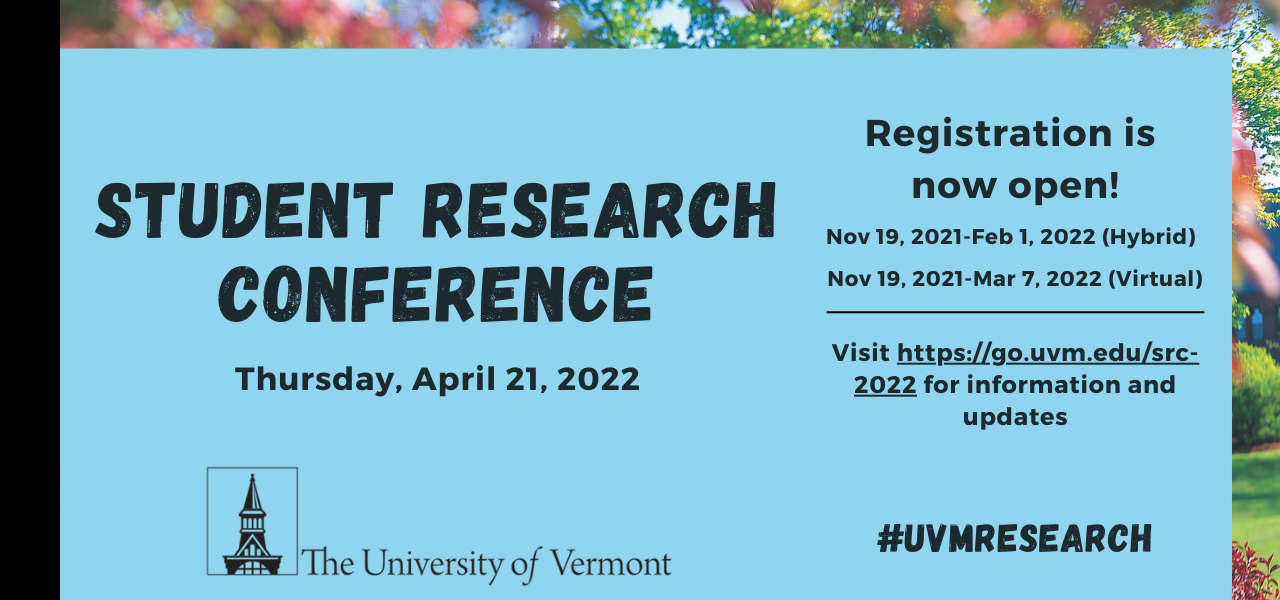Characterization of a Ferryl-oxoheme Form of Staphylococcus aureus IsdG
Conference Year
January 2022
Abstract
IsdG is a heme oxygenase that is part of the heme iron acquisition pathway of Staphylococcus aureus. Although the reactants, products, and some intermediates of S. aureus IsdG have been identified, the mechanisms by which this enzyme catalyzes the conversion of heme to staphylobilin remains poorly understood. A ferryl-oxoheme with a hydroxylated porphyrin is a critical intermediate of the IsdG-catalyzed reaction, and here an analogue of this species was characterized using biochemical, spectroscopic, and computational approaches. A long-lived, spectroscopically-unique, species with a half-life of 300 s after reaction of heme-bound IsdG with 10 equivalents of meta-chlorobenzoic acid (mCPBA). This species was named compound X and characterized using magnetic circular dichroism (MCD) and electron paramagnetic resonance (EPR) spectroscopies. The MCD data for compound X is most consistent with a ferryl-oxoheme containing a neutral porphyrin ligand, commonly known as compound II in the heme literature. However,EPR data revealed the presence of an organic radical, which is consistent with a ferryl-oxoheme containing a cationic porphyrin radical (compound I) or a protein-based radical (compound ES). Additional EPR experiments are currently underway to distinguish between these possibilities. Finally, the geometric and electronic structure of compound X was modeled using hybrid quantum mechanics/molecular mechanics (QM/MM) and time-dependent density functional theory (TDDFT) calculations. The UV/Vis absorption spectra predicted by TDDFT for a QM/MM model with a deprotonated compound II is most consistent with experiment. The implications of these findings with respect to the enzymatic mechanism of IsdG, and the electronic structures of ferryl-oxohemes in general, will be discussed.
Primary Faculty Mentor Name
Prof. Matthew D. Liptak
Status
Graduate
Student College
College of Agriculture and Life Sciences
Program/Major
Chemistry
Primary Research Category
Engineering & Physical Sciences
Characterization of a Ferryl-oxoheme Form of Staphylococcus aureus IsdG
IsdG is a heme oxygenase that is part of the heme iron acquisition pathway of Staphylococcus aureus. Although the reactants, products, and some intermediates of S. aureus IsdG have been identified, the mechanisms by which this enzyme catalyzes the conversion of heme to staphylobilin remains poorly understood. A ferryl-oxoheme with a hydroxylated porphyrin is a critical intermediate of the IsdG-catalyzed reaction, and here an analogue of this species was characterized using biochemical, spectroscopic, and computational approaches. A long-lived, spectroscopically-unique, species with a half-life of 300 s after reaction of heme-bound IsdG with 10 equivalents of meta-chlorobenzoic acid (mCPBA). This species was named compound X and characterized using magnetic circular dichroism (MCD) and electron paramagnetic resonance (EPR) spectroscopies. The MCD data for compound X is most consistent with a ferryl-oxoheme containing a neutral porphyrin ligand, commonly known as compound II in the heme literature. However,EPR data revealed the presence of an organic radical, which is consistent with a ferryl-oxoheme containing a cationic porphyrin radical (compound I) or a protein-based radical (compound ES). Additional EPR experiments are currently underway to distinguish between these possibilities. Finally, the geometric and electronic structure of compound X was modeled using hybrid quantum mechanics/molecular mechanics (QM/MM) and time-dependent density functional theory (TDDFT) calculations. The UV/Vis absorption spectra predicted by TDDFT for a QM/MM model with a deprotonated compound II is most consistent with experiment. The implications of these findings with respect to the enzymatic mechanism of IsdG, and the electronic structures of ferryl-oxohemes in general, will be discussed.


